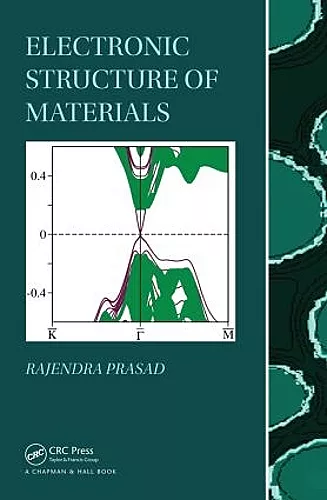Electronic Structure of Materials
Format:Hardback
Publisher:Taylor & Francis Inc
Published:23rd Jul '13
Currently unavailable, and unfortunately no date known when it will be back

Most textbooks in the field are either too advanced for students or don’t adequately cover current research topics. Bridging this gap, Electronic Structure of Materials helps advanced undergraduate and graduate students understand electronic structure methods and enables them to use these techniques in their work.
Developed from the author’s lecture notes, this classroom-tested book takes a microscopic view of materials as composed of interacting electrons and nuclei. It explains all the properties of materials in terms of basic quantities of electrons and nuclei, such as electronic charge, mass, and atomic number. Based on quantum mechanics, this first-principles approach does not have any adjustable parameters.
The first half of the text presents the fundamentals and methods of electronic structure. Using numerous examples, the second half illustrates applications of the methods to various materials, including crystalline solids, disordered substitutional alloys, amorphous solids, nanoclusters, nanowires, graphene, topological insulators, battery materials, spintronic materials, and materials under extreme conditions.
Every chapter starts at a basic level and gradually moves to more complex topics, preparing students for more advanced work in the field. End-of-chapter exercises also help students get a sense of numbers and visualize the physical picture associated with the problem. Students are encouraged to practice with the electronic structure calculations via user-friendly software packages.
"This book gives an excellent introduction to the electronic structure of materials for newcomers to the field. … very useful as a source of fundamental knowledge for theoretical calculations. … I can recommend this book without hesitation to all interested in electronic structure of materials, particularly to those entering the field. It is written at a level appropriate to advanced undergraduate and graduate students. Also, it is a good book for researchers with a chemistry, physics, or materials background."
—MRS Bulletin, Volume 39, August 2014
ISBN: 9781466504684
Dimensions: unknown
Weight: 771g
469 pages